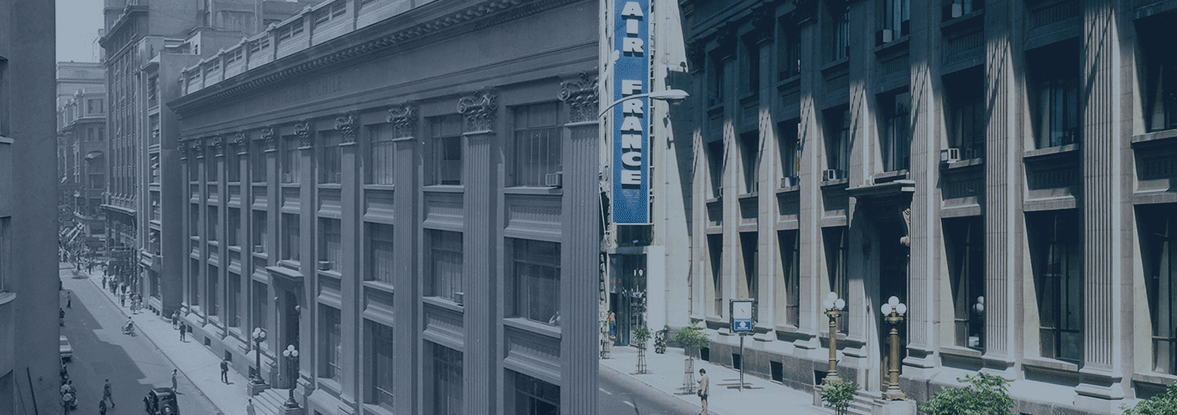Institutional History - Portal Biblioteca
HISTORIA INSTITUCIONAL DEL BANCO CENTRAL: 1925-1989

The work of Camilo Carrasco, former Manager of the Central Bank, completes a historical overview of the first 64 years of the issuing entity. The book Central Bank of Chile: an institutional history 1925-1964 (volume 1) and 1964-1989 (volume 2), sets out the facts with special consideration to the context of the period in which they occurred. For this purpose, the research carried out by its author was based on primary sources such as minutes of the board of directors and the executive committee, the annual reports and monthly bulletins of the Central Bank, among others. The Bank's history is closely intertwined with the political history, which, at the same time, has an indivisible link with economic events. Therefore, this book details how the events that led the country through major transformations and deep political and financial crises began to unfold.
The monetary history of Chile in the 20th century is admittedly interesting and has been the subject of numerous studies. However, the main money-issuing entity did not have an institutional history that could contribute with new elements to explain some of the monetary and exchange rate phenomena that have occurred during several decades. The first volume provides a reasonably detailed description of the circumstances that led to the creation of the Central Bank of Chile in 1925 and its evolution until 1964. An attempt has been made to provide historical-institutional background as qualitative factors to help understand important decisions in the field of economic policy. The use of internal information from the Bank and its board of directors provides an unprecedented contribution, which may be interesting for later work. Remarkable in this institutional history is the almost uninterrupted trend of loss of independence of the Bank and its gradual transformation from an issuing bank, subject to the automatic rules of the gold standard, to a bank with discretionary functions as a development institution dependent on the government of the moment. The characteristics derived from knowledge of this institutional history will constitute a significant contribution to a better understanding of the country's economic history.
The second volume of the Institutional History of the Central Bank of Chile covers the years 1964 to 1989, a period in which many events occurred that marked the economic evolution of our country. The history of the issuing institution is closely intertwined with the political history, which, in turn, has an indivisible link with economic events. One cannot be understood without the others, so this book details how a chain of events unleashed that led the country through major transformations, and to its deepest political and financial crises. The background and data contained in the minutes of the Central Bank's board of directors and executive committee, as well as multiple records obtained from various sources, provide abundant historical material from the recent past. The so-called "Revolution in Freedom" of the government of Eduardo Frei Montalva; the reforms introduced by the government of Salvador Allende, the immediate consequences of the military coup, the economic transformations promoted by the government of Augusto Pinochet, and the financial crisis of the early 1980s, up to the negotiations that led to the consecration of an autonomous Central Bank. All that is all part of this history of the Central Bank of Chile which is, at the same time, a contribution to the record of the country's economic history.
Institutional History of the Central Bank 1925-1964; 1964-1989
